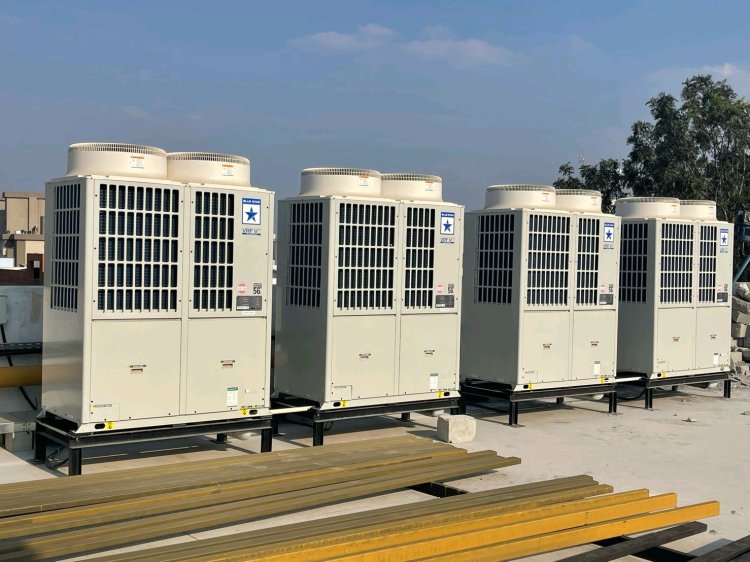Principles and Considerations in Air Handling Unit Design for Efficient and Effective HVAC Systems
Air handling units (AHUs) are a crucial component of heating, ventilation, and air conditioning (HVAC) systems, responsible for managing the airflow and temperature within buildings. Proper design and implementation of an AHU system can result in efficient and effective HVAC performance, leading to improved indoor air quality and reduced energy costs. Here are some principles and considerations to keep in mind when designing an air handling unit for your HVAC system:
Share this Post to earn Money ( Upto ₹100 per 1000 Views )

Proper sizing: The size of the AHU should be based on the heating and cooling load requirements of the building. Oversizing or undersizing the AHU can result in energy waste and poor indoor air quality.
Air filtration: AHUs should have proper air filtration systems to ensure the removal of particulate matter and other contaminants from the air.
Energy efficiency: Energy-efficient components, such as variable frequency drives, can be used to reduce the energy consumption of the AHU.
Maintenance and accessibility: AHUs should be designed for easy maintenance and accessibility, with components such as filters and coils easily accessible for replacement.
Noise reduction: AHUs should be designed to minimize noise levels to ensure a comfortable indoor environment.
Humidity control: Proper humidity control is essential for maintaining indoor air quality and preventing the growth of mold and bacteria.
Air distribution: The design of the AHU should consider the distribution of air within the building, including the placement of diffusers and grilles to ensure proper airflow.
Building pressure: The design of the AHU should take into account the pressure requirements of the building to ensure proper ventilation and prevent air infiltration.
In summary, proper air handling unit design is critical to the efficient and effective operation of HVAC systems. By considering factors such as sizing, air filtration, energy efficiency, maintenance, noise reduction, humidity control, air distribution, and building pressure, designers can create an AHU system that promotes healthy indoor air quality and reduces energy costs.







